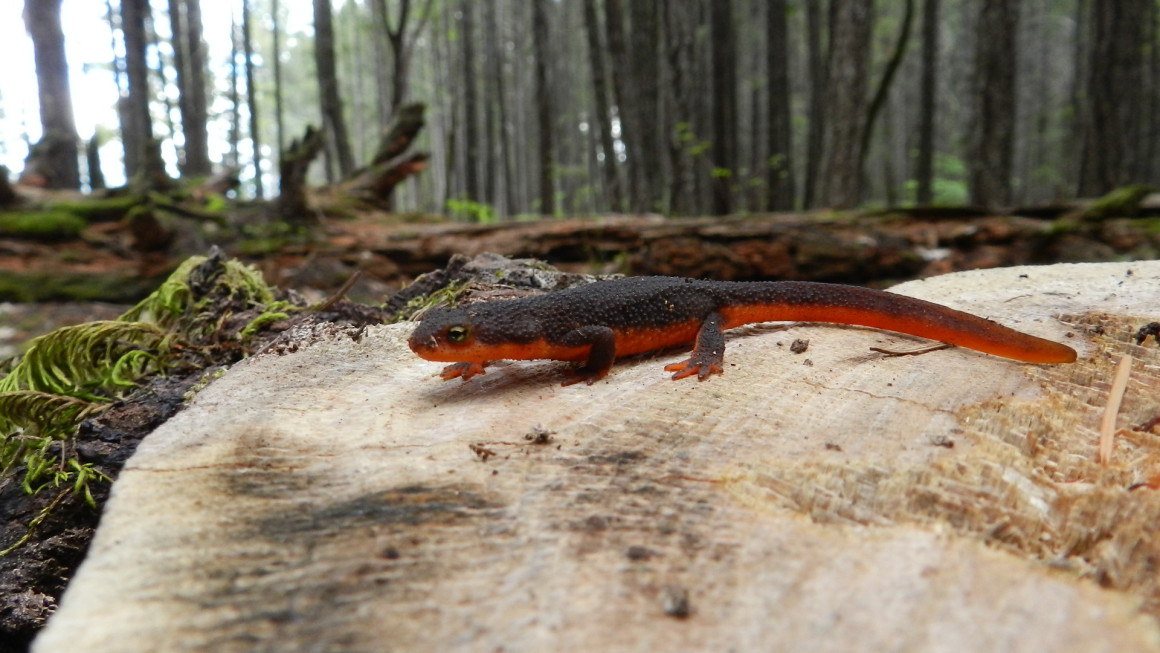
Animal disease requires global effort
By Sean Willett, February 23, 2016 —
A deadly disease is killing off salamanders across Europe as scientists scramble to halt the spread of this highly contagious fungus. While this disease has yet to reach Canada, our government should take immediate steps to ensure the safety of these already vulnerable amphibians.
While you probably won’t ever see one strolling through your backyard, salamanders play a deceptively big role in Canadian ecosystems. They are so prevalent that in some Canadian forests, there are more salamanders than any other type of vertebrate in terms of sheer mass.
This makes Canada a perfect breeding ground for Batrachochytrium salamandrivorans (Bsal), a fungal pathogen native to Asia. The disease has an almost 100 per cent mortality rate among most salamander species and can be carried by infected animals, water and soil.
On its own, Bsal would pose little threat to salamanders outside of Asia. But because of the international pet trade, humans have brought the disease to the Netherlands, Belgium, Germany and the United Kingdom within the last year. The disease has yet to reach North America, but salamanders on our side of the Atlantic are hardly safe — thousands of amphibians are imported into Canada, the USA and Mexico every year, including species susceptible to Bsal.
If Bsal does make it to Canada, there would be little stopping it from spreading across the country. Like other invasive species, fungal diseases are difficult to eradicate after they have established themselves in the wild. Our best hope is prevention — the US Fish and Wildlife Service already placed a temporary ban on the import of salamanders, and Environment Canada would be wise to follow their lead. Though a ban on the salamander pet trade is an impractical permanent solution, it would give border agencies time to develop and implement stringent testing and screening procedures to identify and treat Bsal in imported animals.
But the spread of Bsal is a symptom of a larger problem, one that demands more than a disjointed case-by-case approach. The rapid spread of the disease across Europe proves these outbreaks cannot realistically be handled by individual governments working alone. Instead, this is a problem that demands a global response.
In an article published last year in Science, a group of researchers called for the creation of international infrastructure that would facilitate rapid responses to emerging infectious diseases in animals. Similar to the World Health Organization, a mandatory international system would ensure that the world’s governments took immediate, coordinated action against the spread of these outbreaks.
As emerging leaders in environmentalism, Canada has a chance to start building this international framework — and the fight against Bsal is the perfect excuse to start. While individual governments can safeguard their own ecosystems, only by acting together can we help to protect all vulnerable species from the unintended consequences of human activity. If we don’t, then animals like salamanders — and the forests they keep healthy — may not have a place in our increasingly interconnected world.
Sean Willett is a third-year natural sciences student. He writes a bimonthly column about Canadian environmental issues called Parks and Conservation.
